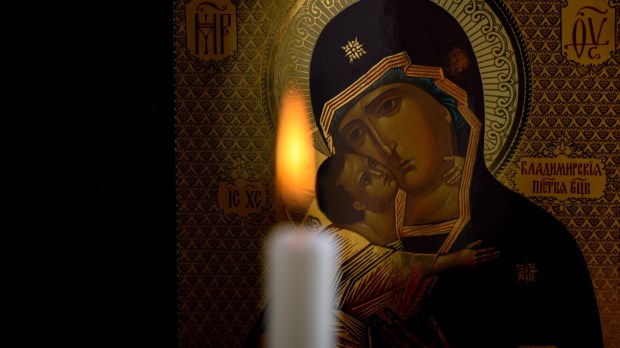In her most recent article for Medievalists.net, Danièle Cybulskie (the host of The Medieval Podcast) explains how time measurement differed significantly from our modern standardized system in the Middle Ages. Clocks were rare and expensive, so people relied on other methods to track time. And whereas the prevalent method in Europe was the Liturgy of the Hours (a series of prayers and devotions consisting of eight canonical hours based on biblical texts, aimed to sanctify the day), candles played a vital role in measuring time. Ingenious monks would come up with the candela horaria – the “time-telling candle.”
The candela horaria was basically acandle that had marks indicating time intervals. As the candle burned, these marks provided a visual representation of hours passing. Since they were mostly made of beeswax, these candles burned evenly (so they were more “accurate,” so to speak) and released little smoke, thus making them a relatively “clean” option.
The length of these candles varied, with each inch representing a specific time interval. For example, a candle might be marked every inch to indicate 12 minutes. That would imply that a 12-inch candle would burn for approximately two hours. To ensure accuracy, these candles were standardized in thickness and quality – but the user also had to keep it in a relatively controlled environment, in order to maintain consistent burn rates. Needless to say, one would not keep a candela horaria in the outdoors: They were necessarily confined to indoor use.
These “candle clocks” were primarily used in religious settings, helping monasteries, convents, and churches to keep their schedules. However, households sometimes owned their own versions. And when nobility used these candelas, they would surely put them in ornate candle holders.



